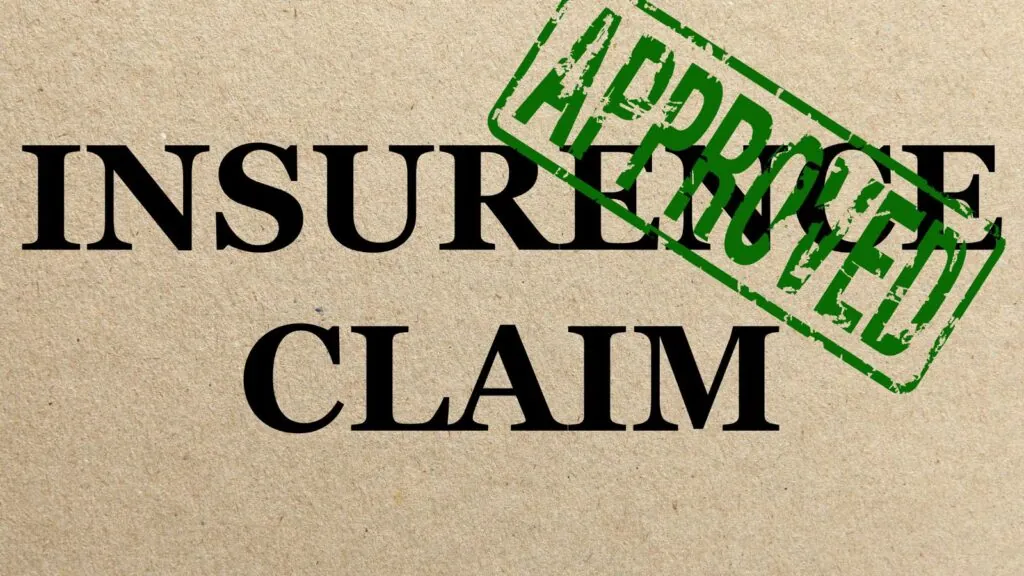Table of Contents
ToggleFinding your Tax Identification Number (TIN) might feel like searching for a needle in a haystack, especially when you’re knee-deep in paperwork. But fear not! With a little guidance and a dash of humor, tracking down this elusive number can be as easy as pie—or at least easier than explaining why you didn’t file your taxes on time.
Understanding TIN Numbers
A Tax Identification Number (TIN) serves as a unique identifier for individuals and businesses in the eyes of the Internal Revenue Service (IRS). Its purpose includes accurate tax reporting and tracking. Various forms of TIN exist, such as Social Security Numbers (SSN) for individuals and Employer Identification Numbers (EIN) for businesses.
Understanding where TINs are used is crucial. Financial institutions often require TINs when opening accounts. Government agencies use them for benefits, and employers need them for payroll purposes. Notably, TINs aren’t just limited to individuals; partnerships and corporations also have their respective TINs.
Collecting documents aids in locating a TIN. Individuals typically find their TIN on tax returns, IRS correspondence, or Social Security cards. Businesses can locate their EIN on business tax returns or documents issued by the IRS. Keeping these documents organized simplifies retrieval.
Identifying the correct TIN is vital. Failing to provide the accurate number can lead to processing delays and tax penalties. If necessary, individuals can request a replacement SSN card through the Social Security Administration. Businesses can apply for an EIN online through the IRS website.
Staying informed about TIN responsibilities is essential for compliance. Individuals should ensure their information is current and accurate with the IRS. Businesses must also keep their records up-to-date to avoid complications. Understanding the significance of TINs helps streamline the tax process, making it easier to manage financial obligations.
Importance of TIN Numbers

Tax Identification Numbers (TINs) hold significant importance for both individuals and businesses. These identifiers ensure accurate tax reporting, streamline compliance, and simplify financial management with the IRS.
Tax Identification for Individuals
Individuals rely on their TIN, which commonly appears as a Social Security Number (SSN), for various tax-related purposes. Filing tax returns requires this number, making it essential for timely and accurate submissions. TINs help track income and tax liabilities, ensuring compliance with federal regulations. Obtaining loans or opening bank accounts also necessitates providing an SSN. Individuals can find their TIN on previous tax returns or IRS correspondence. Keeping this number secure and accessible prevents processing delays and potential tax penalties.
Business Identification and Compliance
Businesses utilize Employer Identification Numbers (EINs) as TINs for identification and compliance purposes. This unique identifier distinguishes a business entity from others, facilitating accurate tax filings and reporting. Opening business bank accounts and hiring employees often requires an EIN. A company’s compliance with federal tax regulations becomes easier with a valid EIN. Businesses can locate their EIN on tax returns and IRS documents. Maintaining accurate records of this number ensures smoother operations and fosters trust with financial institutions and government agencies.
Methods to Find My TIN Number
Locating a Tax Identification Number (TIN) can feel daunting. However, several straightforward methods exist to simplify the process.
Online Resources
Online tools provide quick access to TIN information. The IRS website offers an online portal where individuals can recover their TIN using specific personal details. Users can also consult previous tax returns, as TINs frequently appear on filed documents. Various financial institutions allow account holders to view TINs linked to their accounts through online banking platforms. Additionally, tax preparation software often stores this information for reference.
Contacting the IRS
Reaching out to the IRS directly serves as one of the most reliable methods. Individuals can call the IRS helpline at 1-800-829-1040 for assistance. When calling, prepare to provide personal identification information, such as their name, Social Security Number, and date of birth. In some cases, the IRS may request additional information to verify identity. Expect processing time, as inquiries may take a few minutes. Alternatively, mailing Form 4506-T allows taxpayers to request a copy of their tax documents, which include TIN details.
Common Issues When Searching for TIN Numbers
Searching for a Tax Identification Number (TIN) can present some challenges. Misplaced documents and inaccurate information often complicate the process.
Misplaced or Lost Documents
Individuals frequently encounter issues due to misplaced or lost documents. Tax returns and IRS correspondence hold essential TIN details; without these, obtaining a number becomes difficult. An ineffective filing system contributes to these challenges. Keeping documents organized ensures easy access during searches. Using digital storage solutions can mitigate the risk of losing important records. Additionally, individuals can check safe places like filing cabinets or drawers if physical documents are missing.
Inaccurate Information
Inaccurate information significantly impacts the search for TIN numbers. Errors in personal details or misremembered numbers can mislead searches. Individuals might confuse their TIN with another identification number, such as a Social Security Number (SSN). Always verifying information before submission helps minimize inaccuracies. Consulting legitimate sources, like the IRS website or tax professionals, ensures accessing accurate data. Correcting misinformation early prevents delays in obtaining necessary tax documents.
Finding a TIN doesn’t have to be a daunting task. With the right approach and resources at hand, individuals and businesses can easily access their Tax Identification Numbers. Utilizing online tools and consulting previous tax documents can streamline the process significantly.
It’s crucial to maintain organized records and verify information to avoid potential delays. Keeping TINs secure and accessible not only simplifies tax reporting but also fosters trust with financial institutions. By following these strategies, anyone can navigate the world of TINs with confidence and ease.




